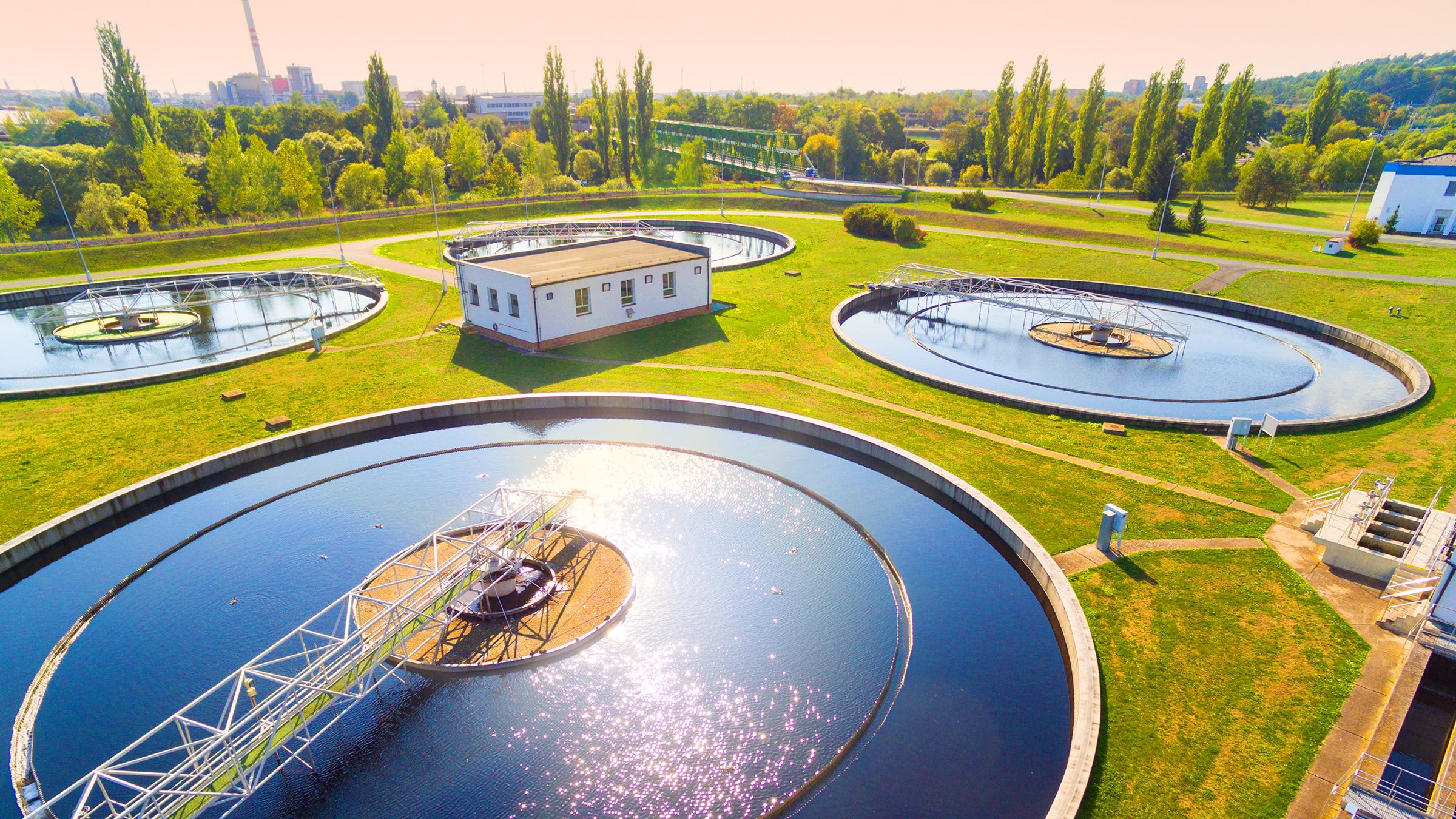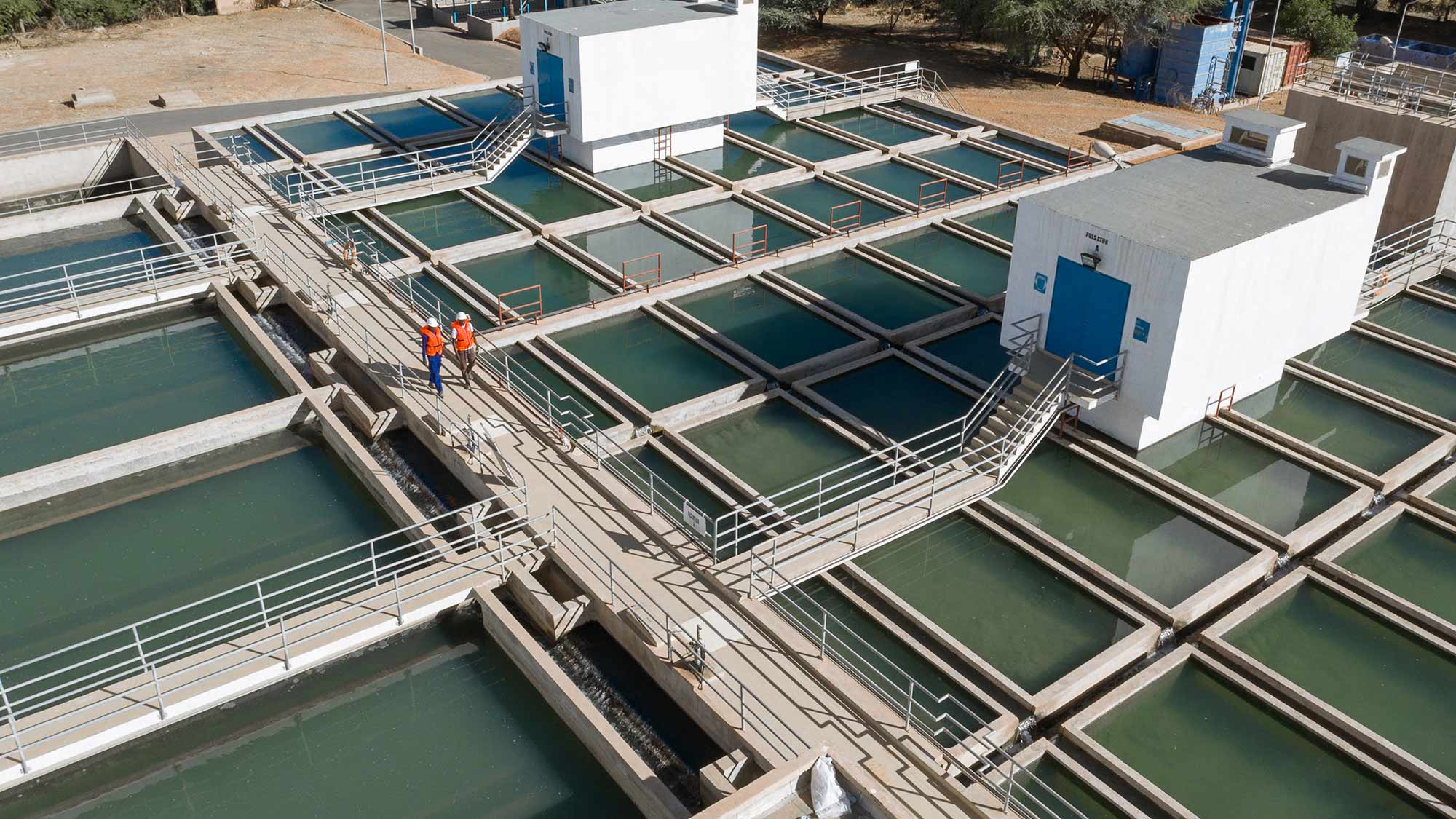Wastewater facilities use water treatment polymer for effective pollutant removal.
Discover Just How Water Therapy Polymer Functions to Enhance Your Water Filtration Refine
Water treatment polymers have arised as essential representatives in the world of water filtration, functioning as both flocculants and coagulants to considerably improve the removal of contaminants. By helping with fragment aggregation and boosting sedimentation effectiveness, these compounds not only fine-tune water quality however also enhance operational processes. As we check out the detailed systems behind their performance, the effects for both ecological sustainability and price reduction come to be significantly obvious. What certain types of polymers exist, and how do they customize their actions to numerous filtration systems?
What Are Water Therapy Polymers?
Water treatment polymers are specialized chemical substances utilized in different processes to enhance the efficiency of water purification and therapy systems. These polymers play a vital role in the elimination of impurities, including suspended solids, natural issue, and microorganisms from water sources. They are commonly classified into all-natural, artificial, and semi-synthetic polymers, each with distinctive features and applications.

Water therapy polymers function as flocculants, coagulants, or dispersants, promoting the agglomeration of particulates for easier removal. Their performance can considerably reduce the cost and energy related to traditional treatment methods, making them crucial components in municipal and industrial water treatment centers. As water high quality guidelines end up being much more stringent, the need for effective water treatment polymers continues to grow, emphasizing their relevance in modern water management techniques.
System of Activity
The device of activity of water therapy polymers entails several vital procedures that boost the removal of contaminants from water. Primarily, these polymers act as flocculants, promoting the aggregation of suspended fragments into bigger clusters referred to as flocs - water treatment polymer. This aggregation takes place with fee neutralization, where the cationic polymers connect with negatively billed particles, decreasing their electrostatic repulsion and permitting them to coalesce
Once flocs are formed, their enhanced size and weight promote sedimentation or purification, therefore effectively removing them from the water column. Furthermore, some polymers may display adsorptive homes, binding to certain pollutants and enhancing their elimination performance. This twin activity not just boosts the physical splitting up of particles yet likewise help in the reduction of dissolved organic issue and hefty metals.

Sorts Of Water Therapy Polymers
Various kinds of water treatment polymers are utilized in different applications to enhance the effectiveness of contaminant removal procedures. These polymers can be generally classified right into three primary kinds: flocculants, coagulants, and dispersants.

Coagulants, on the various other hand, are commonly low-molecular-weight substances that counteract the cost of colloidal fragments. They advertise the development of larger aggregates, which can then be gotten rid of a lot more easily. Typical coagulants include light weight aluminum sulfate and ferric chloride, frequently utilized in combination with flocculants to boost overall performance.
Dispersants offer a different function; they support fragments in suspension, avoiding them from agglomerating. This is particularly vital in applications such as oil-water separation, where it is necessary to keep contaminants dispersed until they can be effectively removed.
The choice of the suitable polymer kind depends on the specific qualities of the water being treated and the preferred high quality of the last he said effluent.
Advantages of Utilizing Polymers
Polymers play a critical function in improving the effectiveness of water therapy procedures, offering a variety of advantages that add to enhanced operational efficiency. Among the primary benefits of using polymers is their capability to dramatically boost the efficiency of fragment removal throughout coagulation and flocculation. By promoting quicker and a lot more efficient gathering of bits, polymers facilitate the explanation of water, bring about better result.
Additionally, polymers can enhance the sedimentation process, causing reduced sludge volumes. This not only reduces disposal costs however also decreases the ecological impact connected with waste administration. The usage of water treatment polymers can lead to enhanced filtration prices, allowing for much more efficient usage of resources and minimized operational downtime.
Moreover, polymers aid in stabilizing the water chemistry, which can minimize issues connected to scaling and corrosion in treatment systems. This stablizing adds to the long life and dependability of tools, ultimately lowering upkeep expenses. The versatility of polymers enables their application throughout numerous water therapy situations, making them very useful tools for achieving regulative conformity and making certain public health security.
Applications in Water Filtration

Water purification processes utilize a range of polymers to boost therapy efficiency and ensure the elimination of contaminants. These polymers play critical roles in coagulation, flocculation, and sedimentation, efficiently aggregating suspended particles and facilitating their elimination from water. Coagulants, such as polyaluminum chloride, interact with impurities, neutralizing their costs and advertising the development of bigger aggregates, known as flocs.
In enhancement to typical coagulants, specialized polymers are utilized in membrane filtering systems. These polymers improve membrane performance by reducing fouling and extending operational life expectancy. Polymeric adsorbents are made use of to target specific impurities, consisting of heavy metals and organic substances, supplying a tailored approach to water treatment.
Polymers also locate applications in sludge dewatering procedures, improving the performance of solid-liquid splitting up - water treatment polymer. By improving the dewatering qualities of sludge, these polymers reduce disposal prices and environmental influence
Final Thought
In conclusion, water therapy polymers play a critical function in boosting water purification procedures by functioning as effective flocculants and coagulants. Their capacity to promote fragment aggregation substantially enhances sedimentation and purification, causing better cured water. The varied kinds of polymers available deal with numerous applications, providing countless benefits such as minimized sludge volumes and functional prices. Generally, the unification of these specialized compounds is crucial for optimizing water therapy systems and making certain efficient filtration end results.